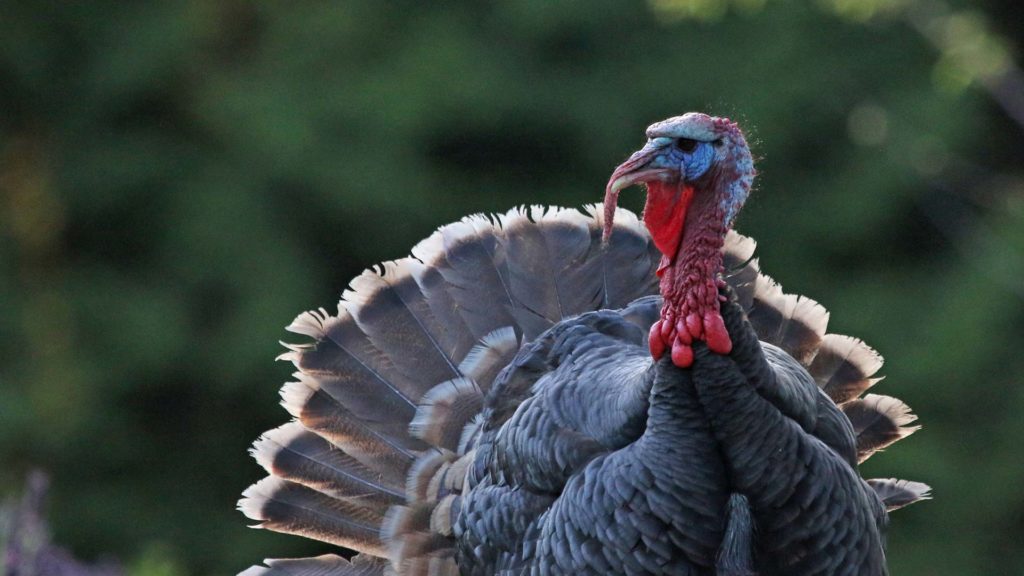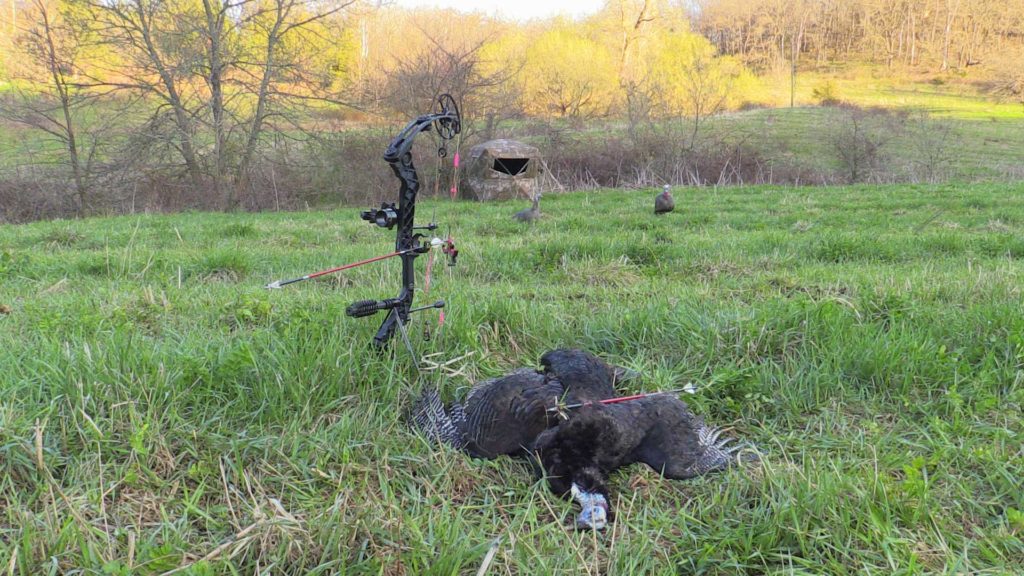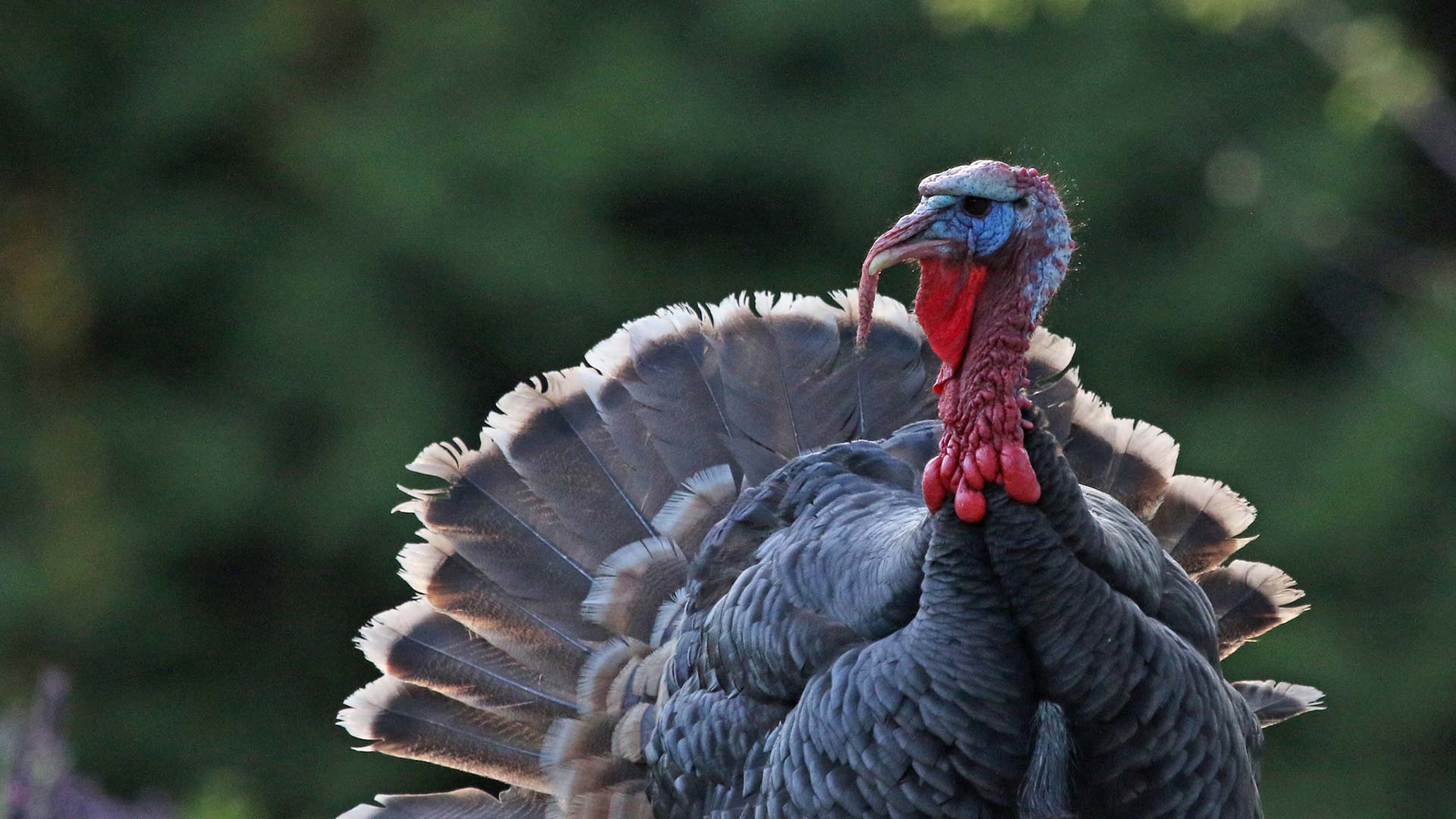How Well Do Turkeys See?
I think everyone has heard the phrase at some point, “If a turkey could smell, you’d never kill one.” Of course this statement implies their other senses are so good that they’re just a deer’s nose away from becoming untouchable. Is this really true?
Let’s tackle the biology of turkeys that makes them so badass. They have ears that allow them to hear in ten times more detail than humans and they have wings which allow them to fly for hundreds of yards at a time. They have legs that allow them to reach speeds of 25 mph and brains that allow them to perfect a diverse language of purrs and putts. The turkey’s eyesight, though, seems to be on another level.
What Science Says About Turkey Eyesight
In general, birds have some of the finest eyesight in the entire animal kingdom. For sharpest vision, it’s said that eagles are unmatched with their ability to nab up prey while flying beyond speeds of 100 mph. For night vision, biologists say the giant pupils of owls give them the ability to spot a mouse on a football field that’s lit by a single candle. Like eagles and owls, turkeys also have brag-worthy eyesight.

You think a deer has good vision? They don’t hold a candle to the wild turkey who is reported to have vision that is three times better than 20/20.
Turkeys can see in full color, and then some. They have many types of photoreceptors and cones, including one unique cone that allows them to see into the UV light spectrum. This means turkeys can see things that we can’t, like the phosphates in our clothes from laundry detergent. For hunters who aren’t mindful of their washing habits, they’ll stick out in the woods with a blue glow from a turkey’s perspective.
For vision span, turkeys also bring a lot to the biological table with a 270 degree field of view. Their subtle neck twitches and head bobs strategically help them see a full 360 almost at all times, though. For comparison, humans only have about a 120 degree field of view, with stocky necks that even a contortionist couldn’t make serviceable in the world of ornithology.
Like an eagle, they have great acuity, too. It’s believed that they see three times greater than a human with 20/20 vision. Unlike an owl, though, they struggle terribly at seeing in the dark, an evolutionary sacrifice that allows them to get great images in the daylight, but poor ones at night. Hence the need to seek safety high up in the trees when night arrives.
Verdict: Underrated
Turkeys have eyesight that would be the envy of superheroes. They see in crisp images that allow them to pick off threats with ease, and although they lack the ability to see well at night, they make up for it by staying 20-feet up a tree. Really, the only thing they’re missing is x-ray vision.

Drawing your bow back for a shot is no easy task when bowhunting turkeys. For this reason many hunters prefer the seclusion of a darkened ground blind to help keep them hidden.
So if you plan on hunting turkeys now or in the future be sure to cover your bases when hiding from their wary eyes. Always wear full camouflage including face mask and gloves while hunting on the ground, or be sure to cover up in all black when in a blind. And be sure to use UV-killing detergents in order to help avoid detection.
